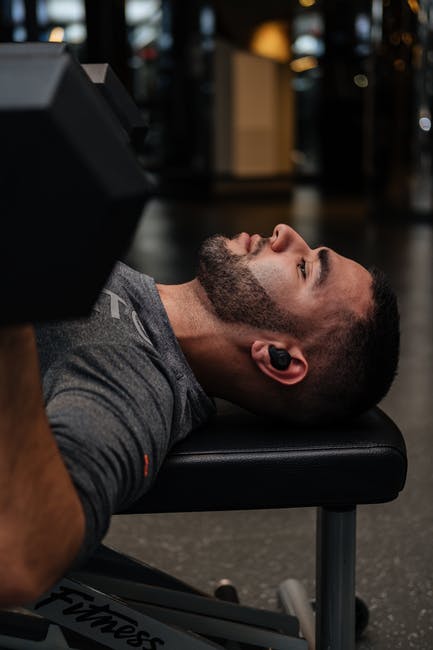LIFESTYLE
3 Signs You Might Have Heavy Lifting Injuries

Are you in pain and concerned you have a heavy lifting injury? If so, you aren’t alone! Each year, more than one million workers suffer a back injury caused by lifting, while many others seek treatment for other injuries.
Sometimes you may be unsure whether you are feeling the effects of a lifting injury or not. Read on to learn 3 signs you might have heavy lifting injuries!
1. Persistent Back Pain
Persistent back pain is often a telltale sign that you’re suffering from a heavy lifting injury. Our spine serves the crucial function of supporting our entire body. When you lift a heavy object or do it incorrectly, you put yourself suffering a back strain. In the most extreme circumstances, you may need surgery to repair a slipped or herniated disk.
Pay attention to when you first start feeling back pain and rate the severity of the pain level. Sometimes you may have a minor strain that resolves over only a couple days of rest. If your back pain persists after you are injured at work, you will need treatment to help you improve your condition.
2. Muscle Spasms
When you lift heavy objects at work or home, you may begin feeling muscle spasms soon after. These spams can be caused by stress or dehydration, but they can also be telling symptoms that you have injured yourself as a result of overuse.
What does a muscle spasm feel like? You will often feel a spasm as a twitch in the muscle or a cramp. If you increase your water intake and reduce your stress level and these spasms continue, you may have a serious injury that you can’t afford to ignore.
3. Arm or Leg Pain
Arm and leg pain are common heavy lifting injuries the can occur when you are moving objects in or around your office. When you lift a heavy item, you may not hold it in the best place to protect yourself from a wrist or arm injury. This can cause a muscle strain in your wrist or arm that extends to your elbow.
It’s important that when you lift a heavy object, you ensure that you are bending your knees while lifting with your legs and not your back. Even if you are careful to lift with your legs, you can seriously injure yourself if you lift an object that is too heavy or when you perform repetitive movements while moving many things.
Wrapping Up: Treat Heavy Lifting Injuries Today
Heavy lifting injuries can be the source of lots of pain and frustration at work and home. To limit your risk of being hurt on the job, you should take steps to protect yourself and ensure you are lifting the right way.
Are you interested in learning about other self-help tips to put into action at your home and office? Check out our blog post section for other great stories to begin living your best life today!

